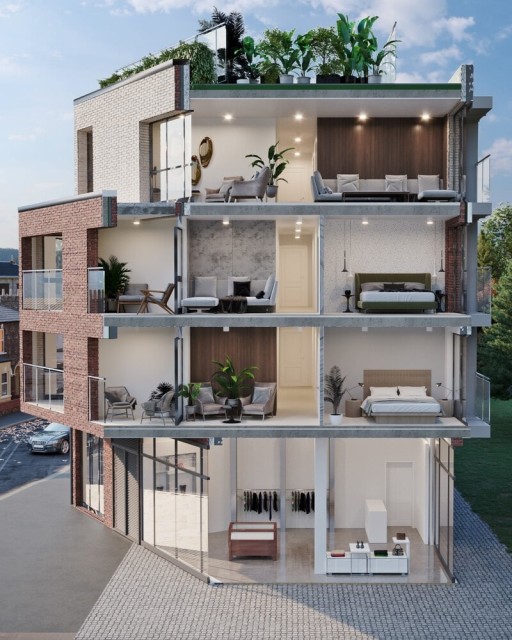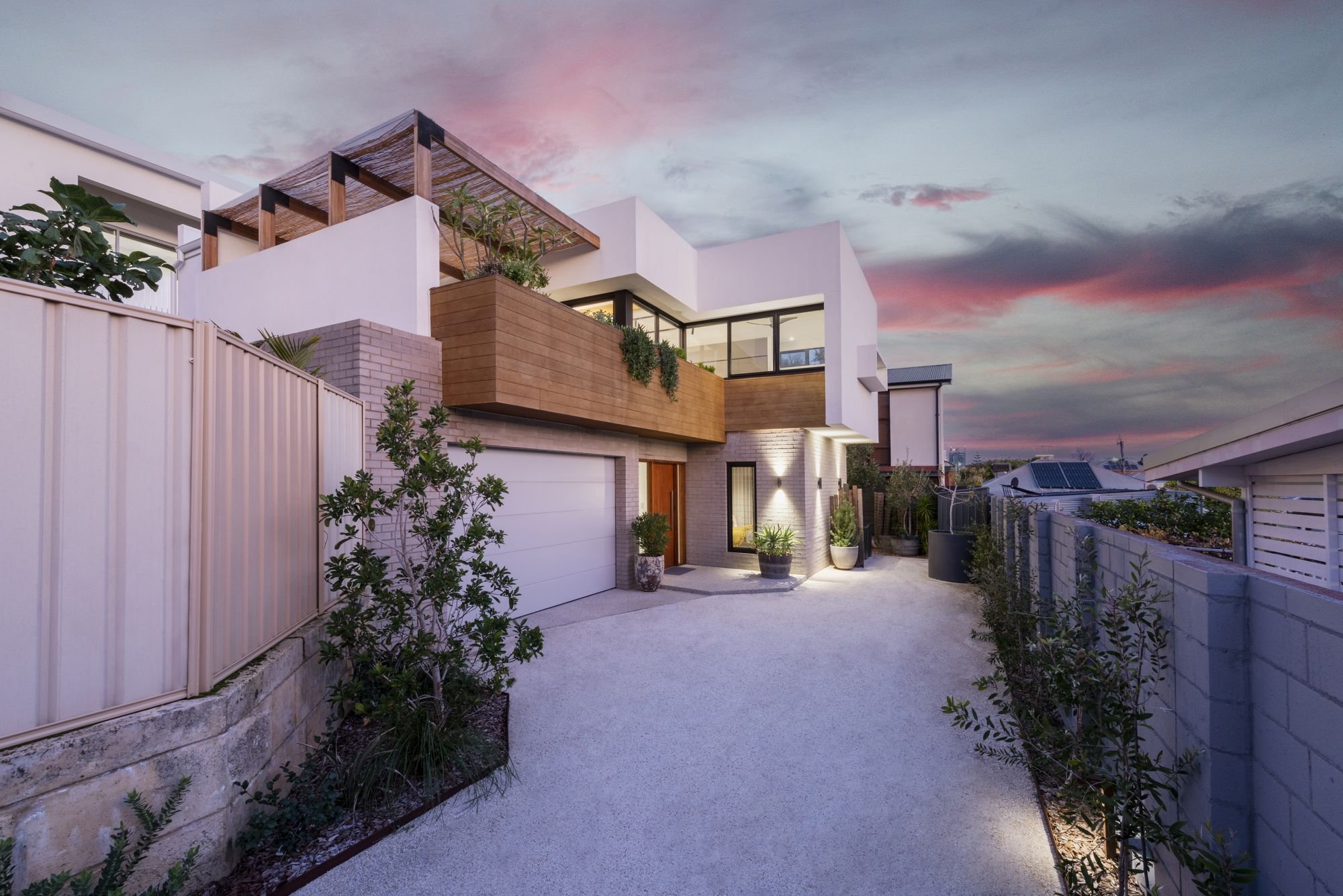Residential Architectural Firm Specializing in Custom Home Design Solutions
Residential Architectural Firm Specializing in Custom Home Design Solutions
Blog Article
Just How Residential Architects Create Personalized Homes for each Way Of Life
The procedure by which property architects layout tailored homes is a nuanced interaction of recognizing customer needs and equating those insights right into functional living spaces. With thorough appointments and the usage of design devices, designers capture the significance of their customers' way of lives, making sure that each home shows personal worths and goals.
Comprehending Client Requirements

Efficient communication is paramount in this procedure. Engineers need to urge clients to express their way of livings, family members characteristics, and future goals, making certain that the style shows their one-of-a-kind identification. By employing devices such as questionnaires, meetings, and aesthetic surveys, engineers can gather beneficial understandings right into the client's vision.
Additionally, recognizing the context in which a home will certainly exist is essential. Designers need to think about variables such as the website features, local climate, and cultural impacts that can affect the style. This alternative approach permits the creation of rooms that are not only cosmetically pleasing but also useful and sustainable.
Eventually, a deep understanding of customer requires allows designers to develop personalized homes that improve the lifestyle for their residents, promoting a sense of belonging and convenience within their living settings.
Style Refine and Collaboration
The design procedure in residential architecture is a dynamic interplay of creative thinking and cooperation, where architects, customers, and various stakeholders work closely to bring a vision to life. This iterative journey typically starts with a collection of meetings to establish a comprehensive understanding of the customer's ambitions, choices, and lifestyle requirements. Throughout these discussions, engineers gather vital information, allowing them to conceive styles that line up with the client's vision.
Adhering to the initial examinations, the layout stage evolves with sketches, 3D versions, and building renderings. This aesthetic interaction functions as a device for engineers to present ideas, while also inviting client feedback, making certain that the final layout reverberates with their assumptions. Effective collaboration with engineers, specialists, and indoor designers is vital during this phase, as it guarantees that all useful elements of the job are seamlessly integrated.

Incorporating Way Of Life Components
Integrating way of living elements into property design is necessary for developing spaces that really resonate with the residents. residential architecture homes. This procedure begins with comprehending the one-of-a-kind requirements, preferences, and daily routines of the home owners. Engineers take part in thorough discussions to discover how the specific or household utilizes their space, whether for amusing visitors, going after leisure activities, or looking for quiet hideaway
As soon as these insights are gathered, engineers can customize style features that improve day-to-day experiences. Open flooring strategies might be developed for families that prioritize togetherness, while dedicated offices can be incorporated for those that work from home. Outdoor areas, such as gardens or outdoor patios, can be highlighted for families that enjoy exterior activities or amusing.
Furthermore, flexibility is a vital consideration; multi-functional spaces permit for versatility as way of lives develop gradually. Personalized storage space options can additionally be incorporated to meet certain organization requirements, making certain that the home stays useful and clutter-free. Inevitably, by thoughtfully weaving way of life aspects right into the architectural textile, household architects produce tailored homes that not only satisfy visual needs but additionally substantially enhance the lifestyle for their customers.
Sustainable and Smart Design
Smart and sustainable layout increasingly you could look here plays an essential duty in household style, as home owners look for to lessen their environmental impact while improving their living experiences. Engineers are now incorporating environment-friendly materials, energy-efficient systems, and ingenious modern technologies to create homes that not just meet visual wishes however likewise serve the world.
Integrating renewable resource sources, such as solar panels and wind generators, allows property owners to harness natural deposits, significantly reducing reliance on standard power grids. Smart home technologies further improve sustainability by maximizing power usage with automated systems that regulate air conditioning, illumination, and heating based on tenancy and choices.
Moreover, using sustainable building products-- like reclaimed timber, bamboo, and recycled steel-- promotes a round economic climate, minimizing waste and resource consumption. Designers additionally highlight passive layout principles, ensuring homes are oriented for maximum natural light and ventilation, consequently decreasing the demand for synthetic heating and cooling.
In addition to ecological benefits, sustainable and clever design adds to the overall comfort and wellness of locals. By prioritizing indoor air high quality and natural aspects, designers develop rooms that cultivate health, enabling home owners to thrive attuned to their environment.
Wrapping Up and Applying Plans
Finalizing and implementing plans is a vital phase in the household style process, where the vision of a personalized home starts to materialize. This phase involves thorough interest to detail, guaranteeing that every facet of the style is exactly expressed and ready for building and construction. residential architecture homes. Architects collaborate carefully with customers to review last strategies, addressing any type of final adjustments or concerns, while ensuring that all aspects straighten with the homeowner's way of life requirements
When plans are wrapped up, designers prepare detailed building files, including comprehensive drawings and specifications that offer as a blueprint for building contractors. These documents outline materials, surfaces, and setup methods, giving clarity for professionals and subcontractors. Furthermore, securing necessary licenses and adhering to local building ordinance is vital, as it makes certain conformity and smooth project execution.
By fostering a joint atmosphere, engineers can assure that the application straightens with the original vision. Inevitably, this crucial phase changes concepts into truth, laying the foundation for a home that mirrors the distinct lifestyle and preferences of its citizens.
Conclusion
In conclusion, residential engineers play a pivotal function in crafting customized homes that cater to varied way of lives. Via precise understanding of customer demands, collaborative layout procedures, and the integration of way of life components, engineers make certain that each home shows private preferences.
The procedure by which property designers layout tailored homes is a nuanced interaction of understanding client requirements and equating those understandings right into practical living spaces. With extensive assessments and the use of layout tools, designers capture the essence of their customers' lifestyles, guaranteeing that each home mirrors individual worths and desires. Architects should motivate clients to articulate their way of webpage livings, family members dynamics, and future aspirations, ensuring that the design mirrors their one-of-a-kind identity.The layout process in domestic design is a vibrant interaction of imagination and collaboration, where designers, clients, and numerous stakeholders work very closely to site here bring a vision to life - residential architecture homes. Through careful understanding of customer requirements, collaborative style processes, and the integration of lifestyle components, designers ensure that each home mirrors individual preferences
Report this page